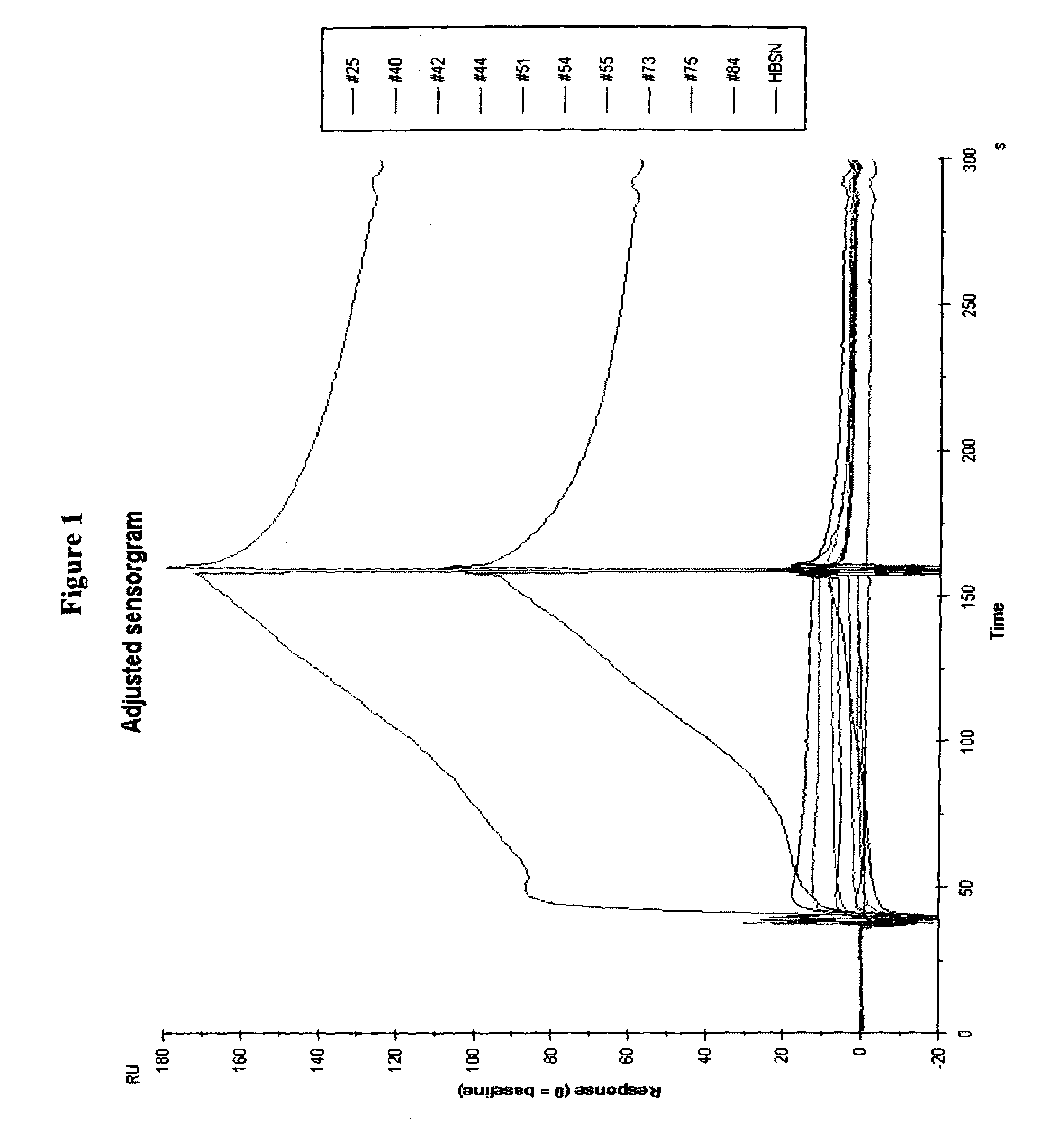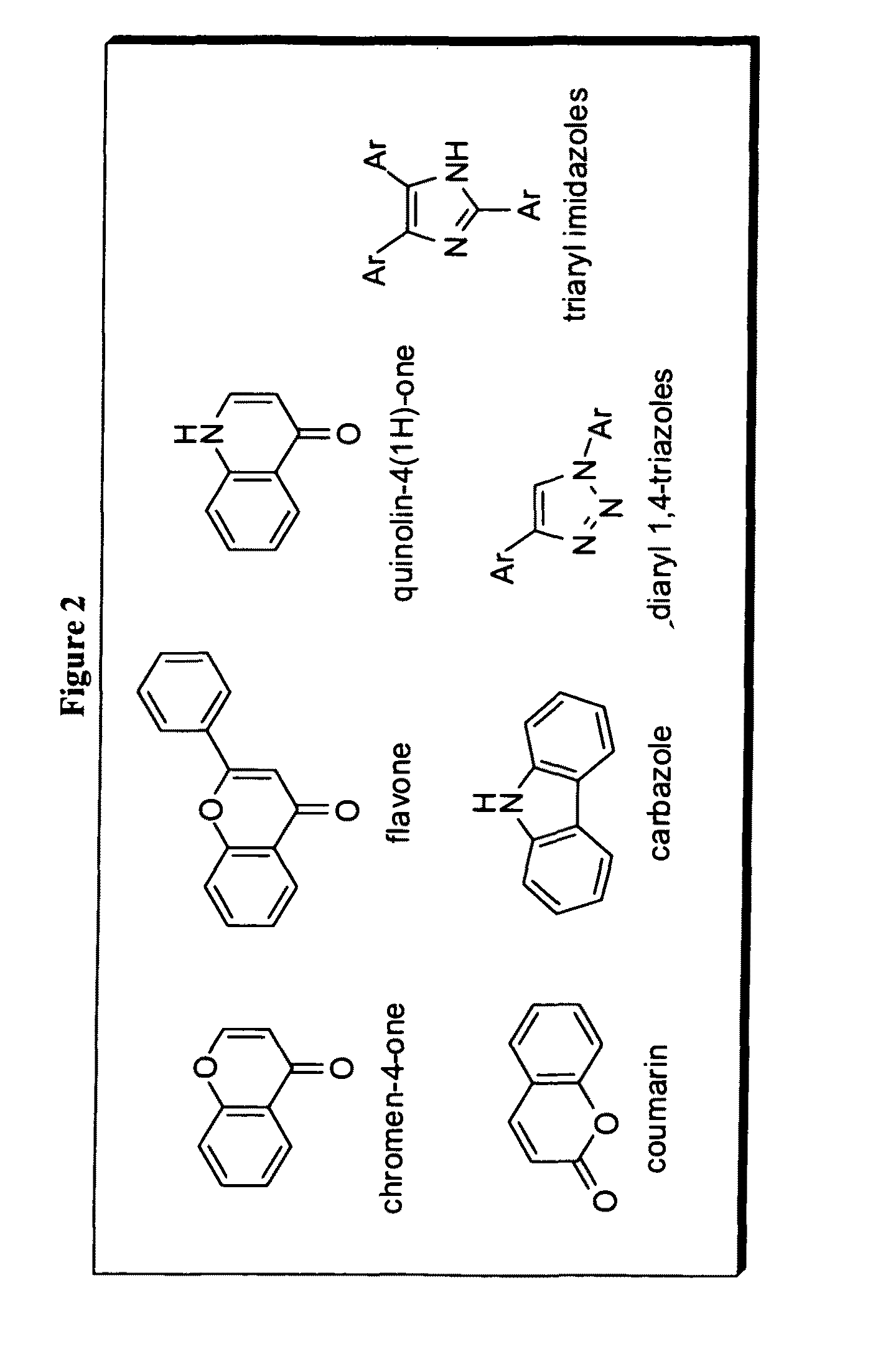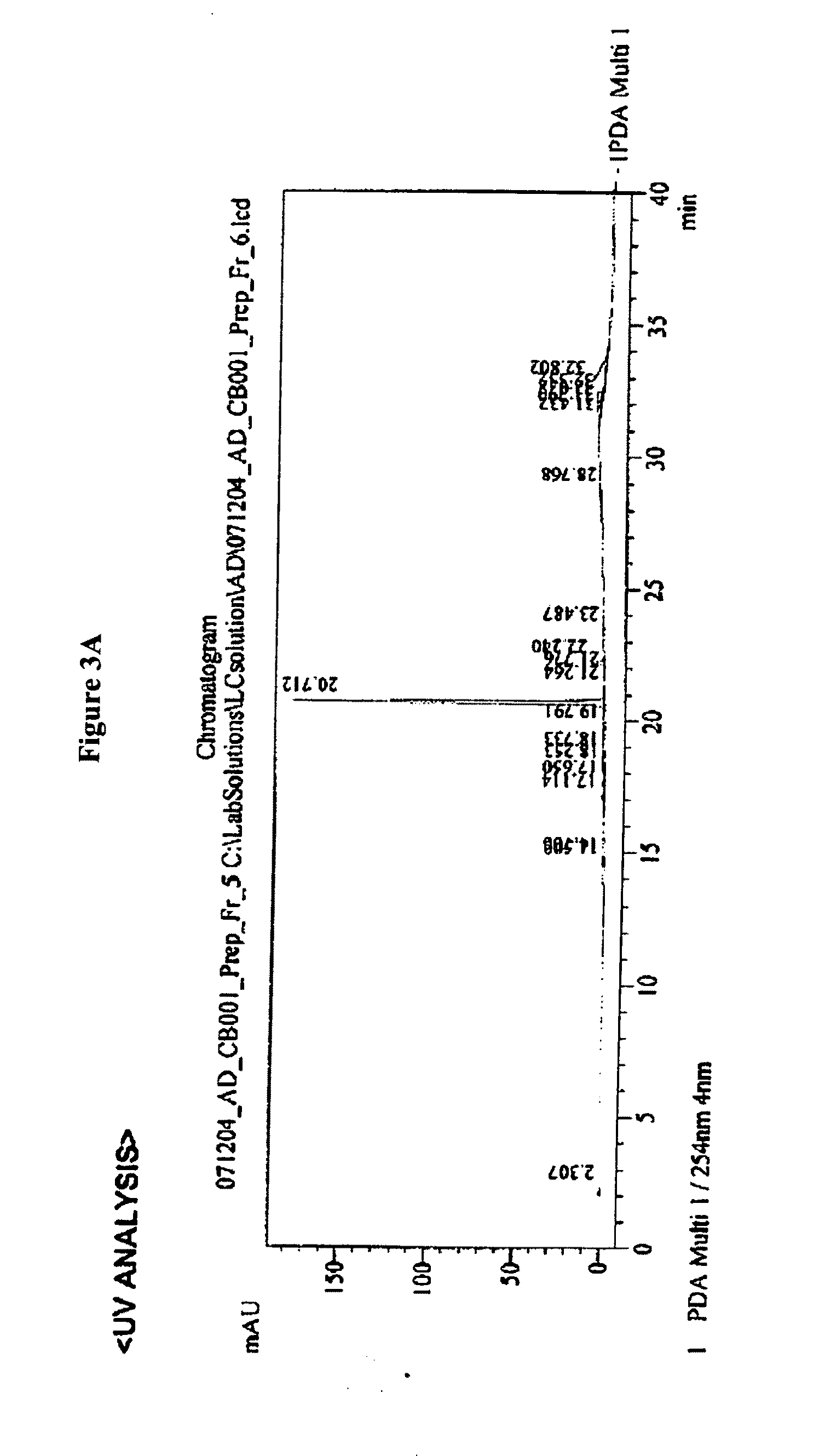Novel imaging agents for detecting neurological dysfunction
a neurological dysfunction and imaging agent technology, applied in the direction of metabolism disorders, drug compositions, therapies, etc., can solve the problems of senile plaques and tangles that cannot be cured by drugs, the validity of imaging senile plaques and tangles is questionable, and the therapeutic effect of inhibiting cognitive decline is not yet commercialized for curative therapy. , to achieve the effect of good brain uptake and good brain uptak
- Summary
- Abstract
- Description
- Claims
- Application Information
AI Technical Summary
Benefits of technology
Problems solved by technology
Method used
Image
Examples
Embodiment Construction
[0009]The present invention is directed to compounds having the structural Formula I where the radicals have the meanings given above.
[0010]“Halogen” or “halo” means F, Cl, Br and I.
[0011]“Alkyl” means a saturated monovalent hydrocarbon radical having straight or branched moieties. Examples of alkyl groups include, but are not limited to, methyl, ethyl, n-propyl, isopropyl and t-butyl.
[0012]“Alkenyl” means an alkyl moieties having at least one carbon-carbon double bond wherein alkyl is as defined above. Examples of alkenyl include, but are not limited to, ethenyl and propenyl.
[0013]“Alkynyl” means alkyl moieties having at least one carbon-carbon triple bond wherein alkyl is as defined above. Examples of alkynyl groups include, but are not limited to, ethynyl and 2-propynyl.
[0014]“Alkylene” or “alkenylenyl” means a saturated, divalent hydrocarbon radicals i.e., generally present as a bridging or linking group between two other groups, having straight or branched moieties. Examples of...
PUM
 Login to View More
Login to View More Abstract
Description
Claims
Application Information
 Login to View More
Login to View More - R&D
- Intellectual Property
- Life Sciences
- Materials
- Tech Scout
- Unparalleled Data Quality
- Higher Quality Content
- 60% Fewer Hallucinations
Browse by: Latest US Patents, China's latest patents, Technical Efficacy Thesaurus, Application Domain, Technology Topic, Popular Technical Reports.
© 2025 PatSnap. All rights reserved.Legal|Privacy policy|Modern Slavery Act Transparency Statement|Sitemap|About US| Contact US: help@patsnap.com



